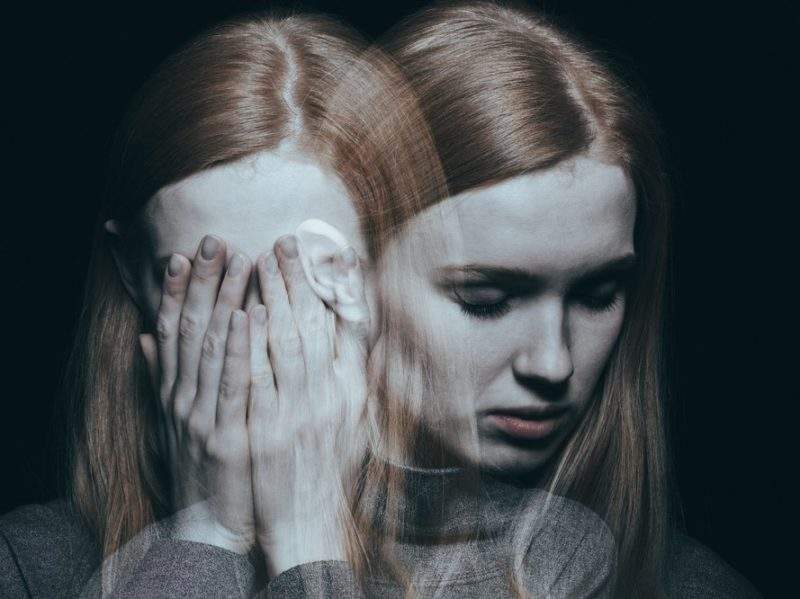Introduction
Mental health is a huge problem in our society today. One of the most common and serious mental disorders is bipolar disorder, which affects millions of people around the world. This mental illness can cause extreme shifts in mood and behavior, making it difficult for those affected to function normally. In this blog post, we will explore the various aspects of bipolar disorder, from its causes to treatment options and more. Specifically, we will focus on why it has become such an issue in modern society and how people can better cope with the condition. We aim to provide an understanding of what bipolar disorder really means and how best to support those suffering from it.
What is Bipolar Disorder?
Bipolar disorder, also known as manic depression, is a mental illness that causes drastic changes in mood, energy, and activity levels. People with bipolar disorder experience periods of intense euphoria or mania followed by periods of deep depression. These mood swings can interfere with work, school, and personal relationships. Bipolar disorder can be difficult to diagnose because the symptoms can vary so widely from person to person. However, if you are experiencing extreme mood swings that are impacting your life, it is important to seek professional help.
The Different Types of Bipolar Disorder
Four forms of bipolar disorder have distinct symptoms.
1. Bipolar I Disorder – Manic episodes last at least seven days or are severe enough to require hospitalization. Symptoms of mania include:
Increased energy, decreased sleep, increased talking, racing thoughts, impulsivity, and dangerous behavior
Depression follows mania.
2. Bipolar II Disease — This type of bipolar disorder has depressed and hypomanic episodes but no manic events. Hypomanic episodes are milder and shorter than manic episodes.
3. Cyclothymic Disorder — This bipolar disorder has many hypomanic episodes and non-major depressive episodes.
4. Other Specified and Unspecified Bipolar and Related Disorders – These disorders comprise all bipolar disorders that don’t fit into the above categories.
Symptoms of Bipolar Disorder
Bipolar disorder is a mental illness that causes extreme mood swings. The lows, or depressive phases, are characterized by symptoms of depression, while the highs, or manic phases, are characterized by symptoms of mania. These extreme mood swings can lead to problems with work, school, and relationships.
Mania is the high phase of bipolar disorder and is characterized by symptoms such as feeling very happy, having a lot of energy, being more talkative than usual, and needing less sleep. During a manic phase, people may also take risks and make impulsive decisions.
Depression is the low phase of bipolar disorder and is characterized by symptoms such as feeling sad or hopeless, having little energy, trouble concentrating, and changes in appetite or sleep patterns. People with bipolar disorder may also think about or attempt suicide during a depressive phase.
Bipolar disorder can be difficult to diagnose because it can look like other mental illnesses. If you think you might have bipolar disorder, it’s important to see a mental health professional for an evaluation.
Causes of Bipolar Disorder
There are many possible causes of bipolar disorder, including genetic factors, brain chemistry, and environmental triggers.
Bipolar disorder is thought to be caused by a combination of genetic and environmental factors. Family history is one of the strongest risk factors for developing bipolar disorder. Research suggests that people with certain genes are more likely to develop the condition.
Brain chemistry may also play a role in bipolar disorder. imbalances in neurotransmitters (chemicals that transmit signals in the brain) are thought to be involved in the development of bipolar disorder. Environmental factors, such as stress or trauma, may trigger the onset of symptoms in people who are predisposed to the condition.
Treatment for Bipolar Disorder
Bipolar disorder is a mental illness that causes people to have extreme changes in mood. People with bipolar disorder can have manic episodes, where they feel excessively happy or irritable, and depressive episodes, where they feel very sad or hopeless. Treatment for bipolar disorder often includes medication and therapy.

